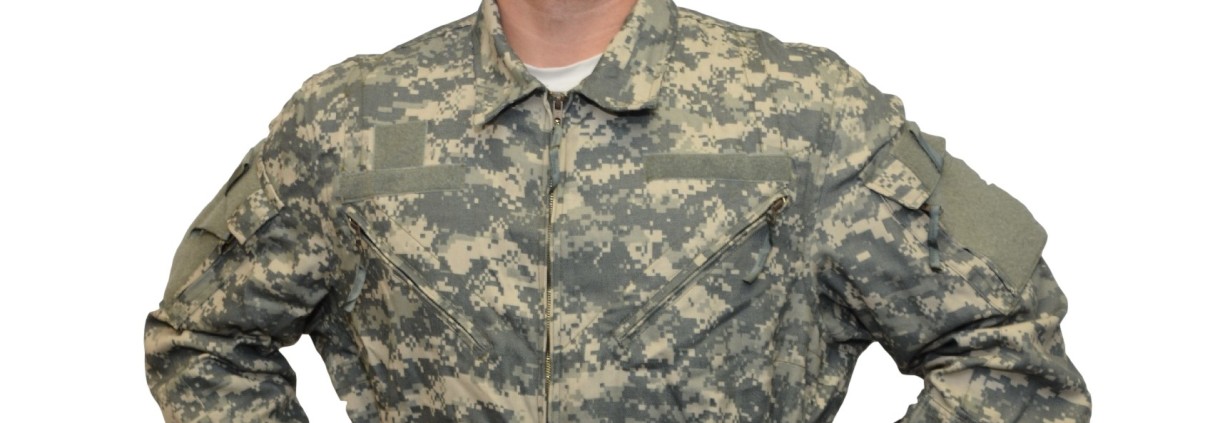The 27/P Fight Suit and G-Suit Used by Fighter Pilot
You like the look of a pilot in full flight suit and gear, but no matter how cool they look, the uses of these clothes go far beyond just that. Besides being a nice uniform outfit, Aircrews wear a flight suit because it protects against dangers associated with flash fires and electric arcs. The hazards include intense heat and fires. Fighter pilots use the CWU 27/P Nomex Flight Suit manufactured by in the USA following the Berry Amendment.
Safety features.
These suits are made with a durable flame-resistant Nomex construction and temperature-resistant material up to 300°C (572°F.) In the heat of battle, these suits also provide an extra layer of protection by being NIR compliant, whereby the suit’s construction helps it mimic ambient radiation, rendering the pilots invisible to infra-red radar and UV light – it is the literal cloak of invisibility. This is good for night battles and good protection against heat-seeking armaments.
Functionality
Flight suits are supposed to withstand hard usage in their lifetime. Wear and tear or obsolesce shouldn’t be a problem they are prone to, and thus, functionality is a priority when making them. To start with, the CWU 27/P Nomex Flight Suit is made to fit, and the adjustable waist belt makes it easy to get an individual fit for any body shape. Each flight suit comes with six conveniently placed primary pockets and helpful 2-way zippers for ease of dressing up and dressing down. This also comes in handy when you have to use a relief tube. Lastly, these suits are resistant to fading thanks to the solution-dyed military spec Normex fabric.
G-suits
A flight suit’s design is all about pilot safety and comfort. They are tough and rugged, and they have constantly evolved for the specific use cases of pilots. But perhaps the most niche outfit pilots wear is a G-suit. G-suits are worn by aircrews and astronauts who encounter intense acceleration forces(g). They are made to prevent gravity-induced lack of consciousness—g-LOC and blacking out in flight. These are real dangers in flight because the inertia from high acceleration will cause blood to shift to lower parts of the body, depriving the head of much-needed oxygen supply. G-LOC and blacking out have caused a significant number of fatal accidents.
G-suits help with staying in control.
G-suits are made from the same materials as flight suits, only that their functionality is a bit different. To prevent temporary hypoxia (oxygen deprivation of the brain), a G-suit makes it possible to stand high g-forces without excessive physical fatigue. Hypoxia affects the body in phases. It starts with a dimming of vision, which turns to a blackout and eventually g-LOC. After a high g-force acceleration pull, there is a period of temporary spatial disorientation before full consciousness is regained. This is the most dangerous part of a flight hence G-suits. On average, a G-suit will increase a person’s tolerance by 1g, but in aerial combat, it is the tolerance and the ability to stay in control that matters the most. Pilots will still need high g training exercises to withstand incredible g-forces during acceleration, but with a G-suit, they have an added advantage.
A G-suit’s design
G-suits mostly look like tight-fitting trousers. Depending on the design, they can be worn under or on top of the flight suit. They have a pressurized inflatable bladder that applies pressure on the legs if their sensors are activated in a high g-force maneuver. This pressure prevents blood from draining away from the brain. In modern aircraft, they work with other anti-g devices like partial pressure breathing to improve g-tolerance. You will find liquid-filled bladders or air-filled bladders, but that will depend on the modern aircraft and the national policy. For example, the Libelle suit used in the Eurofighter Typhoon is liquid-filled, while the US Air Force uses gas-filled bladder suits.



